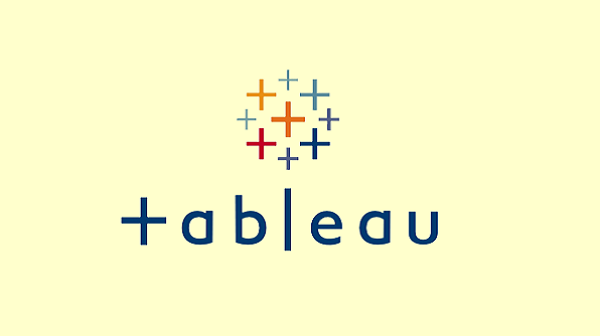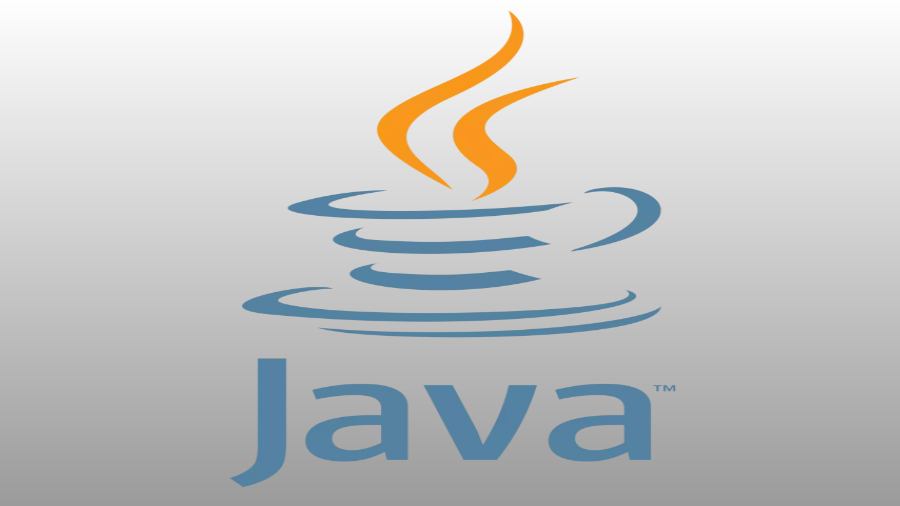Big Data Hadoop Certification
This is course is designed for aspiring Hadoop Developers. We will start from scratch and at the end of the course you should be confident enough for any type of Hadoop interview or project.

Enroll in any above batch and attend live class at scheduled time
14999






Jun-03-2024
Phone: +91-9999468662 +91-9999468661
Email: info@wifilearning.com